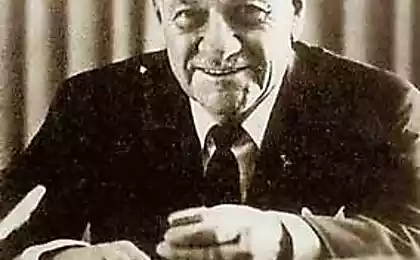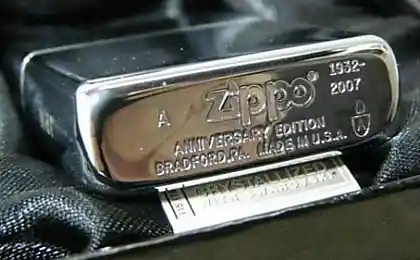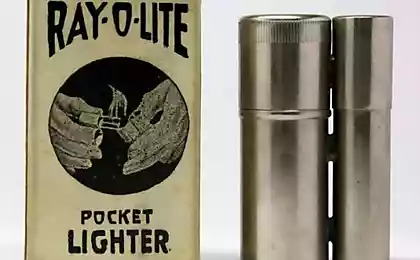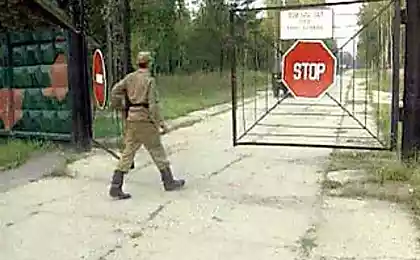235
History of lighters and their varieties
History of the emergence and development of lighters. Types of devices by type of fuel used.
Undoubtedly, the lighter is a quick and easy means for lighting, but today it is also an accessory that can create a style that emphasizes the individuality of a person. Lighters are also of interest to collectors.
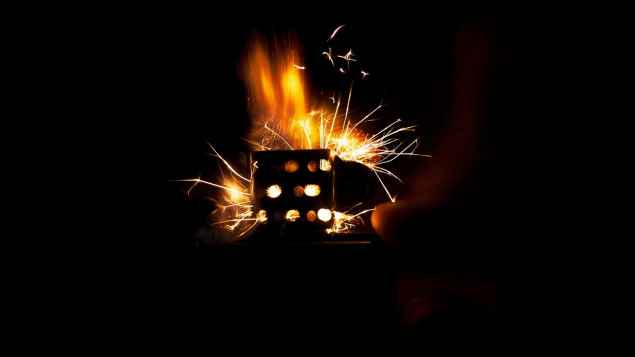
History of appearance
Historians call mechanical drawings created by the legendary artist, genius and inventor Leonardo da Vinci, prototypes of modern lighters. The design of the “wheel lock” is a huge mechanism with chains, springs and wheels that can move the fire and generate sparks from it.
In 1823, Johann Wolfgang Dobreiner invented the gas appliance. In it, chemically formed hydrogen is catalytically ignited on platinum. Although hydrogen is explosive and used corrosive acids, the first full-fledged lighter was produced until 1880.
Further history of development:
Varieties
According to the type of fuel used in modern lighters, they are divided into gas and gasoline. There’s also a third subtype that doesn’t require refueling in the traditional sense – it’s powered by electric pulses.
More details:

The lighter is a small, but practical and multifunctional accessory that has become a part of everyday life. Choosing the best model for personal use, you need to consider why you need a lighter - for lighting cigarettes, lighting gas on the stove, a fire in nature, fire in the fireplace, etc.
Undoubtedly, the lighter is a quick and easy means for lighting, but today it is also an accessory that can create a style that emphasizes the individuality of a person. Lighters are also of interest to collectors.

History of appearance
Historians call mechanical drawings created by the legendary artist, genius and inventor Leonardo da Vinci, prototypes of modern lighters. The design of the “wheel lock” is a huge mechanism with chains, springs and wheels that can move the fire and generate sparks from it.
In 1823, Johann Wolfgang Dobreiner invented the gas appliance. In it, chemically formed hydrogen is catalytically ignited on platinum. Although hydrogen is explosive and used corrosive acids, the first full-fledged lighter was produced until 1880.
Further history of development:
- In 1867, the company Cartier (now engaged in the production of watches and jewelry) developed a lighter based on a flint locking mechanism, and received a patent. But due to the large volume of flint based on ore and iron, the size of the product was far from the present - the dimensions were much larger.
- During World War I, progress in lighter development accelerated. Soldiers surveyed the road with matches in the dark, but their strong spark when lighting a match betrayed their location. The need for fire, which was not accompanied by a large flash, led to the development of the industry of lighters. By the end of the war, they were mass-produced. At that time, the leaders in production were Austria and Germany. Soon began the mass distribution of products around the world.
- In 1947, the first modern-style gas lighter was presented at the Paris Exposition.
Varieties
According to the type of fuel used in modern lighters, they are divided into gas and gasoline. There’s also a third subtype that doesn’t require refueling in the traditional sense – it’s powered by electric pulses.
More details:
- Gasoline model. It uses refined gasoline. The principle is simple - fire occurs when fuel vapors ignite and pass through the wick, and the gear cuts off the spark when in contact with silicon. Gasoline is stored in a “fuel tank” filled with a special structural fibrous wool. Lighters have windshield models like the Zippo and conventional models that go out in the wind.
- Gas device. Acts on purified butane, a mixture of butane and propane or isobutane. In this lighter, the fuel is supplied not through the wick, but through the valve. In turbo lighters (subspecies), gas passes faster through the membrane with a narrow neck, so it is more liquid. Some types of spirals are made of refractory metal, such lighters can not be extinguished by the wind, as well as the famous gasoline Zippos. There are three types of gas products. They have different types of fuel combustion:
- Silicon. Here, sparks are mined, as in gasoline analogues, from silicon. The only difference is the fuel.
- Peat / piez (on a quartz crystal). With friction, the crystal ignites and ignites the gas.
- Electric. The principle is similar to piezoelectric products, but acts as the active element here a battery, not a crystal.
- Electric model. These are lighters that use electricity. They are also called flameless, because they do not burn in the usual sense. This type of product has a discharge similar to a miniature lightning. It also provides the temperature needed for ignition or combustion.
The lighter is a small, but practical and multifunctional accessory that has become a part of everyday life. Choosing the best model for personal use, you need to consider why you need a lighter - for lighting cigarettes, lighting gas on the stove, a fire in nature, fire in the fireplace, etc.
Books on self-development will not help you become better, even if you read a hundred
What deposit bonuses are offered by BC
